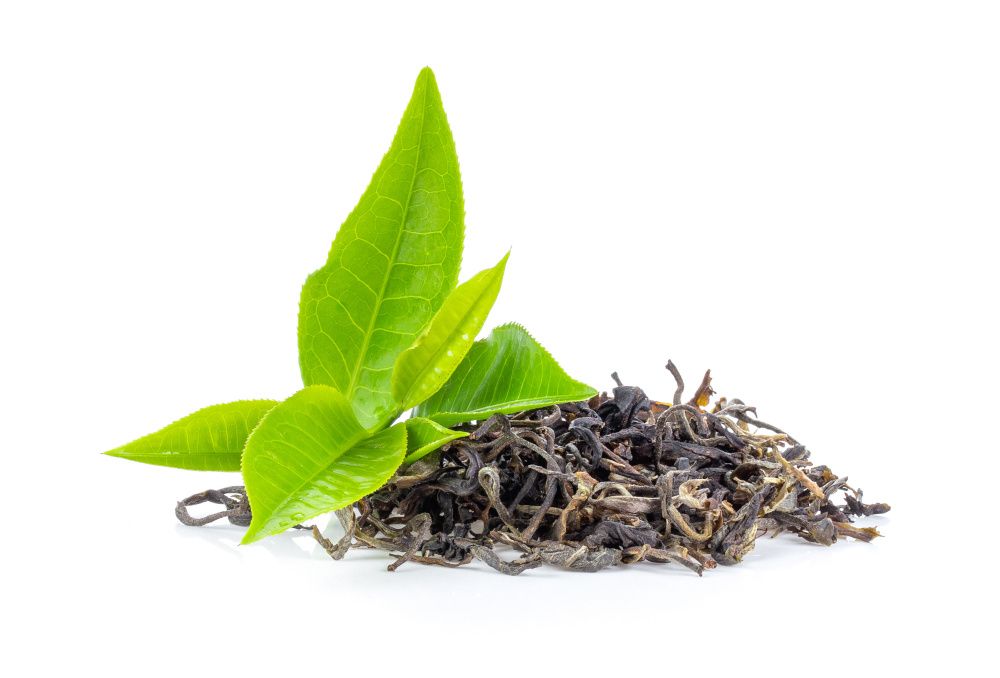Layn Natural Ingredients stresses steady supply of new antioxidant, tea extracts, at SupplySide West 2021
The company discussed its new SophorOx antioxidant ingredient and its expanded line of tea extracts, all geared to the healthy living and healthy aging markets.
Botanical ingredients supplier Layn Natural Ingredients (Irvine, CA) highlighted two of its recent additions at October’s SupplySide West trade show. The company discussed its new SophorOx antioxidant ingredient and its expanded line of tea extracts, all geared to the healthy living and healthy aging markets.
These two ingredients are part of the company’s strategy to expand its business scope beyond its best-known natural sweeteners stevia and monk fruit. “Most people know us as the world’s leading provider of the natural sweeteners stevia and monk fruit,” said Collette Kakuk, Layn Natural Ingredients’ vice president of global marketing, at SupplySide West. “In the last two years, we’ve been working on our identity. Our identity is in functional botanical extracts, including metabolic antioxidants for health and wellness as well as natural preservation. These are the two areas we’re pushing heavily on.”
Quercetin-Rich Antioxidant
Launched this September, Layn’s new SophorOx natural antioxidant extract, derived from Sophora japonica L., is a standardized blend of quercetin, rutin, isorhamnetin, kaempferol, genistin, and genistein. It is standardized to more than 90% flavonoids.
According to Kakuk, quercetin is in tight supply due to “hampered growing seasons” around the world, but Layn is ensuring stable supply of its quercetin-rich, clinically studied SophorOx ingredient. “We have a really strong position because of our supply chain,” she said.
Interest is quercetin has grown alongside public discussions about “cytokine storms and being able to potentially mitigate cytokine issues,” said Kakuk.
SophorOx was studied in vivo in a post-exercise animal trial conducted by Vedic Lifesciences (India). Based on how it impacted six key oxidative stress biomarkers, the study found the ingredient to be “a potent antioxidant combatting oxidative stress and inflammation,” Kakuk said. Layn is now embarking on a human clinical trial, with a study already designed, in the next year.
Kakuk said there are a number of markets in which SophorOx can play, including sports recovery, healthy aging, and weight management—and “even Millennials and younger generations,” said Kakuk, “because they’re understanding that they need to manage inflammation, and they’re understanding oxidative stress. So, we see it applying in a lot of applications.”
Tea Extracts
Layn is also promoting its stable supply of tea extracts. In October, the company announced that as a result of its 2020 acquisition of Chengdu Wagott Bio-tech Company, Ltd., China’s largest exporter of green tea extract and a leading producer of tea and resveratrol extracts, Layn “is now the largest exporter of tea extracts in China—and I think that’s saying quite a bit,” said Kakuk.
The timing couldn’t be better. “We now have a market dynamic where teas are trending. The consumer has such high recognition of tea,” she continued. “As more consumers want natural ingredients, there’s hardly any ingredient that is more recognizable to people than tea. Instantly, it has this label of credence and credibility.”
Green and black tea is especially popular right now, Kakuk said. Green tea is also becoming more popular in the natural preservatives space. Layn’s expanded portfolio of tea extracts includes green, black, white, oolong, and pu’erh tea. Pu’erh tea, a fermented tea, is lesser known but “has the potential to be a breakout ingredient” as consumers seek more fermented ingredients, she said.
In addition to offering high quality, with only standardized teas, Layn’s tea portfolio provides a steady supply. “In this climate that we’re in right now, we’re a solid supply chain. We can guarantee delivery, and that’s something new for us—that we’re making that bold statement that we can guarantee it,” she said. “Because we’re manufactured direct and we’re fully integrated, when we work with a customer, we include them before the growing season and well before the harvest so we’re certain that we will have botanical supply. And in this economy where supply chains are so fractured, we have been largely unaffected by supply chain issues.”
Prinova acquires Aplinova to further increase its footprint in Latin America
April 7th 2025Prinova has recently announced the acquisition of Brazilian ingredients distributor Aplinova, which is a provider of specialty ingredients for a range of market segments that include food, beverage, supplements, and personal care.











